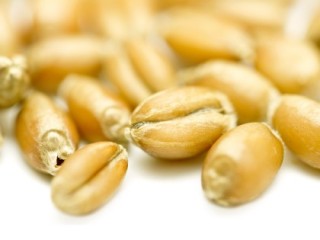
Hybrid 2-day workshop 24-25 February 2022
This hybrid workshop brought together leading seed researchers and representatives from academia, industry, and authorised seed testing centres, to exchange their research and development with the aim of improving existing hardware, sensing, control software, and computer vision based analytic systems, for seed science research on a range of crop, model, and wild species.
The 'Innovative phenotyping technologies for the 21st century seed science research' workshop was organised by Dr Charlotte Seal and Professor Hugh Pritchard at Royal Botanic Gardens, Kew, and NIAB's Professor Ji Zhou, with support from the Crop Science Centre, University of Cambridge. Workshop participants visited facilities at NIAB and the Crop Science Centre in Cambridge, as well as to jointly come up innovative ideas focusing on next generation seed imaging, sensing and analytics solutions.
SPEAKERS
Dr Charlotte Seal, Kew
Professor Hugh Pritchard, Kew
Professor Ji Zhou, NIAB
Dr Laura Bowden, SASA
Natasha Elina, Crop Science Centre, University of Cambridge
Noam Chayut, John Innes Centre
Dr Jane Thomas, NIAB
Roger Noble, Zegami
Joshua Colmer, Earlham Institute
Seeds underpin agriculture and the conservation of wild species and have an integral role in addressing the consequences of climate change such as food security and biodiversity loss. Seed traits are diverse and comprise of morphological, physiological, molecular, or biochemical features that relate to the dispersal, persistence, or germination of seeds, as well as their subsequent establishment as seedlings. For performance testing, germination frequency and seed vigour are key metrics. For example, seed germination rate is used for certification, developing guidance on sowing density, and agricultural insurance models, and to quantify key establishment traits (e.g., environmental thresholds), whereas seed vigour describes rates and the uniformity of seed emergence that links to faster canopy closure, weed suppression, and crop yields.
Presently, phenotyping seed traits is largely reliant on manual inspections by in-house experts or external testing companies, which is time consuming and subject to human error. This is further complicated in the seeds of wild species by considerable inter- and intra-specific trait variation. Beyond crop seeds, demands of innovative seed phenotyping technologies have driven movement toward digitising seed testing and data management, requiring automated imaging platforms and low-cost analytic systems with limited human inputs.
